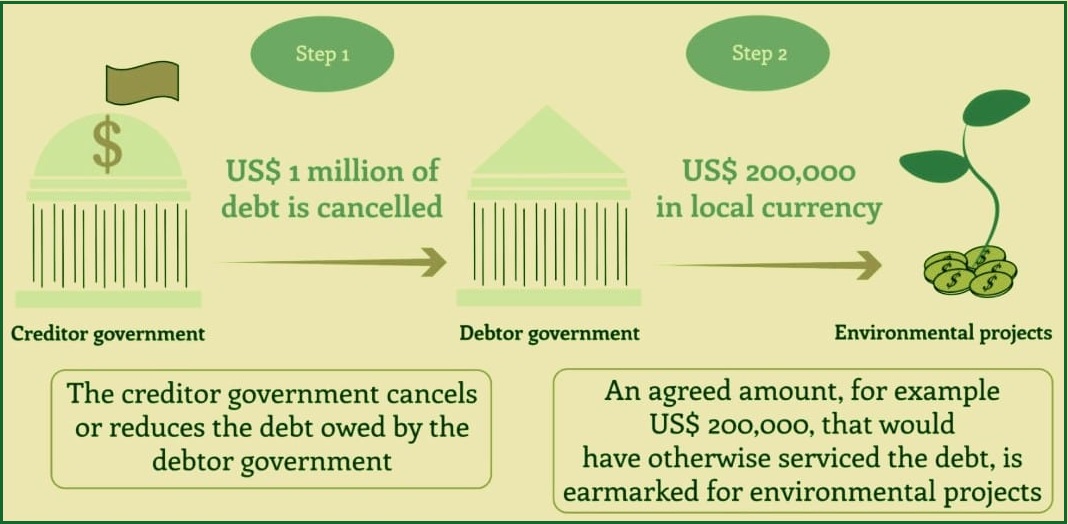7667766266
enquiry@shankarias.in
With many developing nations facing a triple whammy of rising debt loads, climate change and nature loss, conservationists say the answer could lie with the debt-for-environment swaps.
The first debt-for-nature swaps were agreed in the mid-1980s, mostly in Latin America, with rich nations the main creditors.

Deals - A 2015 deal with the Seychelles saw the government commit to protect 30% of its waters in exchange for $22 million of debt restructuring.
Egypt presented a swap with Germany as a model for others seeking to raise money for clean energy projects when it hosted the U.N. climate summit 2022.
References